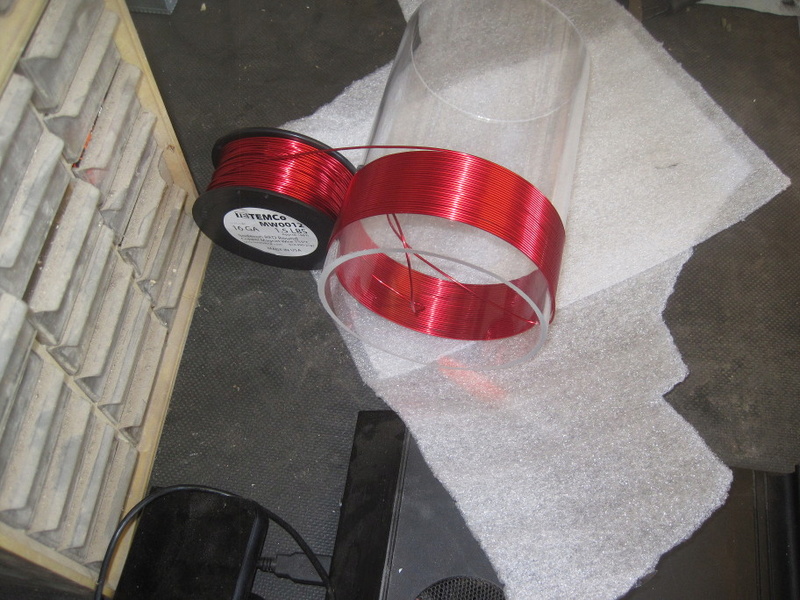Originally posted by tswift
View Post
don't be surprised ! a lots of great inventors lived within us and they are dead now ( peace for them ) maybe they didn't had the time to give everything to us but do we listened carefully to what they said ?
believe me there's a lots of racism in the internet and of course a lots of stupidity ! Don Smith said it clearly ! Brain washed !








Leave a comment: